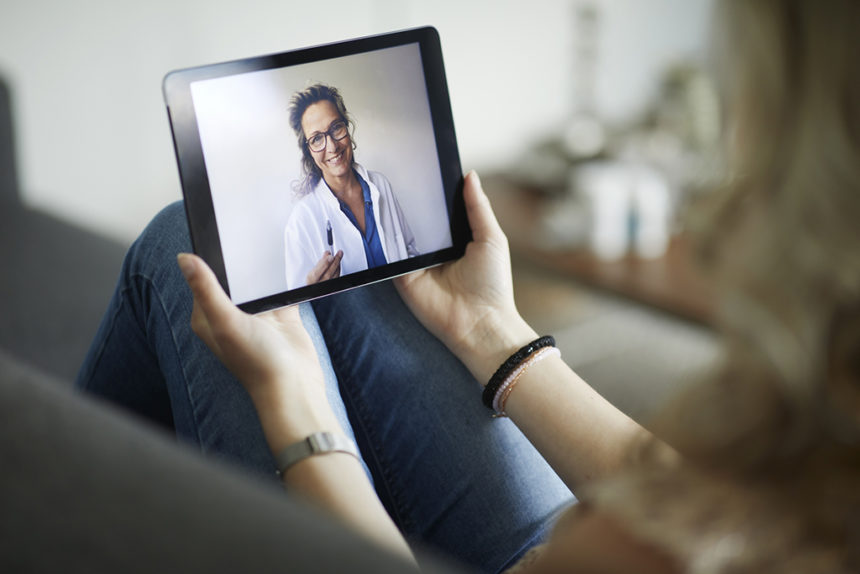Amid the ongoing pandemic, Americans continue to use telehealth in record numbers. But according to a new survey from J.D. Power, overall patient satisfaction with the technology and care has declined.
The company’s 2021 U.S. Telehealth Satisfaction Study, which collected data from some 5,000 consumers, found that telehealth usage increased among all generational groups between 2020 and 2021. 36% of patients used telehealth in the last year, compared to 7% in 2019.
Users touted a host of benefits, including convenience, flexibility, speed and safety. To that end, they noted that the pandemic spurred the removal of legal and administrative barriers that had previously made telehealth services difficult to access.
Still, patients remain unsatisfied with the overall telehealth experience. J.D. Power found that patient satisfaction declined among direct-to-consumer and payer-sponsored telehealth services, suggesting imminent trouble if current issues aren’t addressed.
Specific problems cited by respondents included service costs, confusing technical issues and the accuracy of diagnoses. They were even less positive about the actual telehealth consultation with healthcare providers, owing to concerns around quality of care, timeliness and professionalism, said J.D. Power managing director of healthcare intelligence James Beem, who led the research.
“Fewer than two-thirds of telehealth consumers receive best practices around the actual consultation,” he noted, pointing to “things like being treated with courtesy and respect, being listened to carefully, being given easy-to-understand information on health questions or concerns.”
The survey also found that many of the services offered remain quite limited.
“What we’ve seen the last two years is that there’s frustration among consumers around the volume of services provided,” Beem explained. “They want to go into deeper areas of clinical advice, whether that be behavioral health or addressing more chronic conditions.”
Learning more about unsatisfied patients can help healthcare marketers tailor efforts to reach them more effectively. To that end, the survey found that the industry provided uneven care to patients, with those deemed higher-risk – ones who self-reported their health as fair or poor – having lower satisfaction with telehealth offerings than people who self-reported their health as excellent.
In addition, patients in better health were more likely to better understand information conveyed during telehealth visits and characterize these visits as more personalized.
“The onus is on the telehealth industry to understand the analytics behind who these members are, and what sort of level of services they need that can be tailored to their healthcare conditions,” Beem said.
Issues around patient satisfaction are not unique to telehealth, obviously. But Beem believes telehealth represents a unique opportunity to address some of the longer-standing concerns.
“Our perspective is that the telehealth experience should be one that goes beyond traditional healthcare,” Beem added. “It should have some benefits that are better than an in-patient visit. Otherwise, it runs the risk of consumers returning to physicians’ offices and losing the opportunity to advance telehealth in a much deeper way.”







